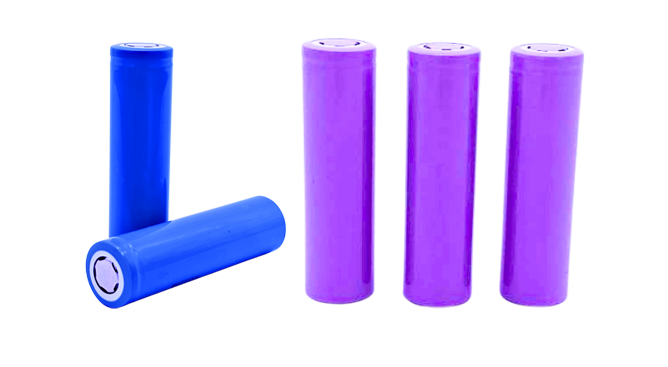What is the difference between
18650 lithium battery and polymer battery? (Next episode)
The raw materials are generally lithium cobalt oxide, lithium iron phosphate, or ternary lithium mixed together. Based on the relative proportions of the three chemical substances, the entire process of production and manufacturing is carried out using relative processing techniques. The outer product packaging design mainly uses aluminum-plastic film, and the lithium chemical substance in the middle is a sticky paste. Therefore, the appearance can be customized at will. In addition, thin rechargeable batteries such as 0.33mm and 0.50mm can be produced and manufactured. The outer packaging box of polymer batteries is made of a layer of aluminum-plastic film, with an additional layer of high-temperature adhesive tape on the outside. The biggest safety hazard of polymer batteries is liquid leakage, which can cause internal short circuit faults, unpacking, and fire in rechargeable batteries.

But compared to
18650 lithium batteries, polymer batteries are safer. However, incineration treatment can also pose safety hazards, so it is suggested that customers who use mobile chargers should try not to place them in the pillow core or in front of the bed as much as possible.
18650 and polymer batteries are both lithium batteries. Currently, 18650 is commonly used in the market as a lithium iron phosphate battery or as a ternary material. Let's briefly explain the ternary material. The price of the ternary material 18650 is moderate, with a market price of around 7 yuan for 1800mAh in China. The nominal voltage is 3.8V, and the maximum working voltage can reach 4.2V when applied. The low voltage can reach 2.9V, and it has no memory. The industry of application D is also relatively wide, and China's technical level is also acceptable, which can be used domestically. The polymer batteries I have seen are mainly hard pack, with driving force type and volumetric type. The material is similar to 18650, except that 18650 has a stainless steel plate casing and the polymer has an aluminum-plastic film casing. They are suitable for industrial production and switch power supply for transportation vehicles.
Overall, both 18650 and polymer battery cells have advantages, but the quality of rechargeable batteries still depends on the manufacturer's processing technology.


